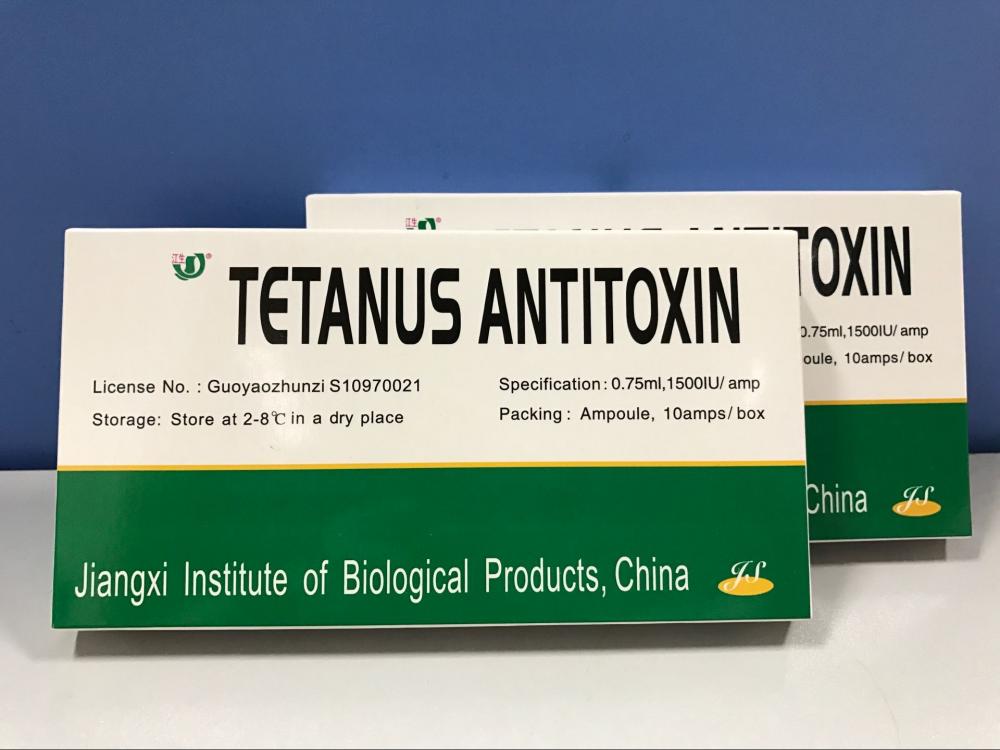The economic benefits of pig farms are the main concerns of the pig farm chief. So, how to analyze the economics of the farm? Many pig farm chiefs are often: financial statements come out, look at the income statement, etc., only to know the basic financial situation of the past month or a year ... for example: this month's profit of 100,000, total sales income 1 million, total Cost 900,000 ... and so on. But you asked him; how was this 100,000 made? Is the market leading to a high slaughter price? Or reduce production costs? Or is it due to good production results? Deeper ask: What proportion of the above factors each account? Often he will not answer. As a farmer, the farmer must scientifically analyze the economics of the farm, and find out the real reasons for the profit or loss of the farm, so as to make correct decisions and come up with feasible measures. Be aware that you will get more done with your work. Management is the first A farmer who truly understands the regular management of farms is a prerequisite for running a farm, especially for large-scale farms. The management mentioned here includes the management of people and the management of pigs. The environment refers to the pig environment and the small environment. The environment includes the situation, policies, and markets for raising pigs; the small environment includes the environment around the pig farms, especially the epidemic prevention environment and environmental protection environment. Pig-to-grain ratio is an important market factor that affects the economic efficiency of pig farms. It is customary in the industry to call the ratio of the price of live pigs (hair pigs) to the price of corn as the pig-to-food ratio, with a breakeven point of about 5.5:1 and greater than 5.5:1. The market is profitable. At this time you are still losing money. It can only be said that you did not raise a good pig; the market below 5.3:1 is a loss, and the good business may not be a loss or a loss. Pigs should use scientific formula feed. In general farms, piglets use full-priced pellets, other pigs, about 4% of premix or about 40% of concentrate. The choice of species is crucial. At present, most pig farms use the three-way cross of Duchang. Up to now, there are 500 farms with 500 mothers and annual slaughter of more than 10,000 pigs. There are more than 1,200 farms in the country, and more than 90% are farmers. Disease control is the lifeline of the farm Many field heads like to push the burden of poor farm economic efficiency on the epidemic. In fact, in the final analysis, the problem of pig disease is the issue of feeding and management. The delivery room, childcare, all-in, all-out, immunization procedures, and preventive care are all bad. What about pig disease control? The key to the control of swine farm diseases is all-in, all-out, immunization procedures, preventive health care, and biosecurity. To change the traditional concept, we must realize the transition from treating veterinarians to preventive veterinarians and preventive veterinarians to health veterinarians. It is very important to improve the pig farm production report, master the pig farm production statistics method, and then analyze the farm's economic benefits. The purpose of the report is not to report, but to analyze production through reports. Slaughter pig average benefit analysis The slaughter pig average benefit analysis method is to use the average profitability of the slaughter pigs to represent the analysis method of the overall farm profitability. The premise is that all the costs of the farm are spread out to the slaughter pigs, and the costs of the sows, boars and spare pigs are all distributed to the slaughter pigs. To see the skill level of a farm, only one indicator data is enough, that is, the number of pigs slaughtered per sow per year. It includes almost all the production indicators: the number of sows per year, the birth rate, The live birth rate and survival rate of the fetuses are all... The quality of production is the most important factor affecting the economic efficiency of the farm.
There may be disputes about when humans began domesticating horses,
but there is no argument that horses have helped shape human history. We know Chinese equine Veterinary Medicine, including herbal
treatments and acupuncture, dates back thousands of years, but there`s
no agreement on the date, or even century. We do know the year their
health and care became part of the formal curriculum of veterinary
colleges. The year was 1761 and the location was the first veterinary
school in the world, in Lyon, France. Equine anatomy as part of a formal
curriculum has been studied by veterinarians since then, for more than
250 years.
Equine Medicine,Conjugated Equine Estrogens,PMSG Hormone Lyophilized,Pregnant Mare Urine Jiangxi Institute of Biological Products Inc. , https://www.jxinstitute.com